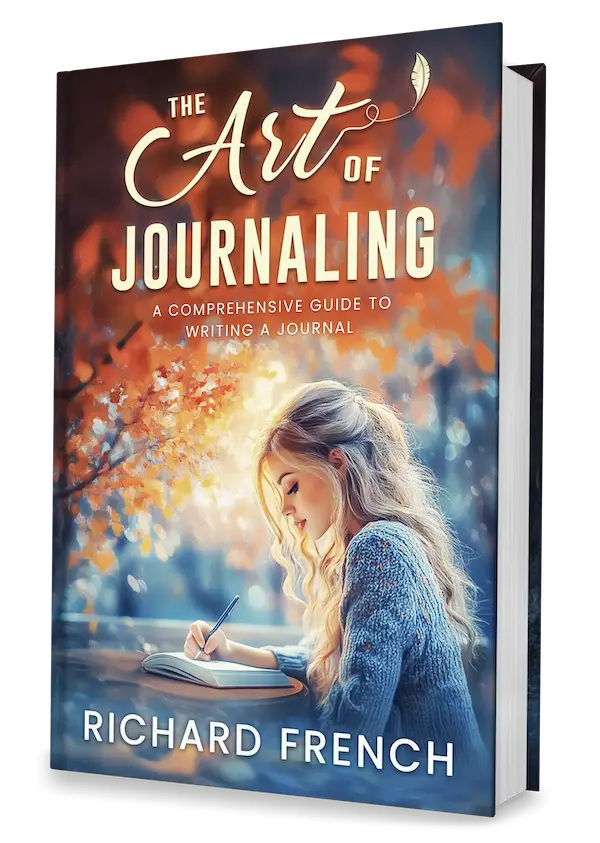Understanding Shadow Work
Definition and Purpose
Shadow Work Journal is like rummaging through the basement of your mind where you’ll find the odd bits you pretend don’t exist. This idea comes from Carl Jung’s theory dealing with parts of us hiding in the unconscious. It’s about dragging those bits into the light, accepting them, and integrating them into our lives. This integration can help you be your truest self and grow as a person. Imagine finally giving that moody teenager you once were a warm hug and a welcome back into your life. Surprisingly, it’s a path toward real healing and busting out of mental and emotional shackles.
The whole gig is about rounding up those forgotten parts of yourself and letting them be part of your conscious experience—warts and all. Thanks to past experiences, like when you felt the need to bury a talent or hide a flaw in your character, some parts got dumped into what Jung might call your “shadow” stockpile. Remember, the point of all this is not to shame or blame but to heal deeply, let loose a stash of energy, and embrace peace that starts on the inside.
Importance of Journaling
Cracking open a journal for shadow work is like finding a map in a maze. It’s your trusty tool to cope with heavy emotional luggage and baggage. Diaries and notebooks have been saving folks from their own mental chaos since Carl Jung first whispered about getting chummy with our shadows. Scribbling your thoughts, feelings, and reflections gives you clearer glasses to peek into parts of yourself you’d rather have ignored.
These scribbles become a mirror, helping track your path and giving evidence of progress, even when it’s just a baby step forward. Plus, it’s a safe harbor where you can dump your messiest emotions without fear of judgment—just you, the pen, and the paper. Over time, this practice could grow you wings, setting you on a tangible path toward wholeness.
The magic of shadow work journaling is in its ability—not to lie—to show you parts of yourself you wish were a myth. As folks fill the pages, they dig up inner parts that others might have overlooked, parts that hold keys to a more complete you. Interested in picking up more ways to chat with your feelings like this? Check out our scoops on trauma journal prompts, emotional processing journaling, and art therapy journaling.
Benefits of Shadow Work Journaling
Shadow Work Journaling – it’s like having a heart-to-heart with the parts of yourself you’ve ghosted. Dive into the perks like emotional therapy, personal maturing, and boosting that inner steel without the sweat.
Emotional Healing
Think of shadow work as a therapy session where you play both the therapist and the patient. This becomes a form of mental decluttering, where you finally let go of the emotional baggage you’ve carried around like a backpack full of bricks, melting away the stress and jitters. It’s less about dragging your feet and more about freeing your spirit.
No more emotional traffic jams. Instead, you’ll find yourself having room for kindness, empathy, and knowing when to relax and let loose. Expect a noticeable drop in life’s criticism as happiness and confidence bubble up like soda in a can (reflection.app).
Personal Growth
Here’s where the plot thickens. Shadow journaling acts like a detective, sniffing out recurring life-missteps and linking them to outdated beliefs or perspectives. It’s a ticket to revamped maturity and serenity (Moonster Leather). By throwing a spotlight on these shadows, people can finally step into their fully mature personas, leaving behind those clueless younger versions of themselves.
Connecting with these hidden layers opens the door to boundless potential and solid relationships. Plus, you might find a geyser of creativity gushing forth you didn’t even know existed (Conni Biesalski).
Inner Resilience
Journaling about all your shadowy bits teaches you to toughen up from the inside out. Accepting these pieces of yourself as part of the whole leads to perfecting emotional equilibrium and finding the sweet spot within yourself (Conni Biesalski). It tunes up your self-awareness, prepping you to roll with life’s punches without flinching.
| Benefit | Description |
|---|---|
| Emotional Healing | Tackles hidden emotional potholes and helps you travel light |
| Personal Growth | Specs out negative loops, promoting self-enhancement and growth |
| Inner Resilience | Aids in balancing emotions and gaining self-mastery |
Keeping up with shadow work journaling is like giving your emotional resilience a new pair of wings. Get your feet wet with our full guide on therapeutic writing benefits.
To start unveiling your inner landscape, peek at our self discovery journal prompts. For those itching for creative flexes, check out art therapy journaling.
Techniques in Shadow Work Journaling
Looking to ease stress and get a peek into your subconscious? Shadow work journaling might be just the ticket. We’ve got three cool ways to get started: scribble without rules, chat it out, and get artsy.
Free Writing
Ever just scribbled away without caring much about rules? That’s what free writing is all about. No grammar fuss, just you and your thoughts wrestling their way out onto the page. It’s like your mind gets to run barefoot.
- Grab your phone or an old kitchen timer for 10-15 minutes.
- Let your pen fly across the page—no stopping, no second-guessing.
- Whatever pops up, jot it down, even if it’s off the wall.
This kind of writing helps you dig up those beliefs and worries buried deep down, giving you a front-row seat to your own mind. Curious minds can check out how writing heals.
Written Dialogue
Ever tried having a chat with yourself? It’s not as kooky as it sounds. This technique lets you pen a dialogue with your shadow, exposing what’s sneaking around in your head.
- Crack open your journal and split the page in two.
- Title one side “Me” and the other “Shadow Self.”
- Start the chat. Here’s a sample:
| Me | Shadow Self |
|---|---|
| Why am I always so ticked off? | Because you never let it out. |
| And how do I change that? | By facing it, shouting if you must. |
The conversation might surprise you, revealing feelings that usually hide away. More thought-fuel? Take a peek at journaling stressors out.
Creative Expression
Time to channel your inner Van Gogh or Ansel Adams! Creative expression in journaling lets your shadow show its colors through art. Think doodles, cutouts, or that perfect snapshot (art as therapy).
- Pick your creative weapon.
- Pour pieces of your shadow into whatever you make.
- Pause and ponder what you feel as you work.
This artsy take on journaling helps emotions bubble up and encourages growth, especially if you have a creative streak. You can shake things up with mirror work too, noticing how feelings show up in your body next time you find yourself in front of a mirror.
| Technique | Why It’s Handy |
|---|---|
| Free Writing | Unveils core beliefs and deep wishes |
| Written Dialogue | Boosts self-awareness, tackles inner tiffs |
| Creative Expression | Inspires emotional growth, nurtures creativity |
Eager to blend these into your journaling habit? Don’t miss our guide on setting up a healing journal.
Process of Shadow Work Journaling
Self-Discovery
Shadow work journaling is like a little adventure into the less-traveled areas of your mind, uncovering everything you’ve tucked away. It’s this brainchild of Carl Jung that makes you look under the hood of your unconscious to find out what’s really lurking in there. Self-discovery here is all about scribbling down the stuff you usually keep under wraps—beliefs, fears, desires—you name it. Getting cozy with these hidden layers opens up a treasure chest of insights about who you truly are.
| Technique | Description |
|---|---|
| Free Writing | Spill your thoughts onto the page without holding back to see what they’ve been hiding. |
| Written Dialogue | Chat it up with the shadowy side of yourself to get the lowdown on your buried emotions. |
For more stories and conversation starters for self-discovery, check out our stash of self-discovery journal prompts.
Self-Acceptance
Once you haul those unacknowledged thoughts and feelings into the light with shadow journaling, it’s time to make peace with them. Accepting these once-hidden parts is like giving yourself a mental hug, a crucial step for growing into someone more aware and complete. Shadow work nudges you to say, “Hey, it’s okay, I’m still cool with me,” which can tone down emotional chaos and usher in some sweet inner calm.
In the self-acceptance camp, you might pen down positive affirmations, nod to past goof-ups without the eye roll, and high-five yourself for tiny victories. Tools like art therapy journaling can come in handy here, making acceptance feel like less of a chore.
Integration
Integration ties this whole shadow work thing together, merging what you’ve uncovered and embraced into everyday life. This is where you start living as a fuller, truer version of yourself. A successful blend leads to bursts of creativity, better vibes with people, and an all-around uplift in how you feel day-to-day.
To rock the integration phase, go back to your old journal entries and spot patterns, or play with creative visuals to signify this merging of selves. Mindfulness tools like mindful journaling exercises can serve as a gentle nudge, steadying you on this path.
If you’re setting up for a shadow work journal session, cruise over to our healing journal setup guide for tips.
Shadow work journaling guides you step-by-step from discovering to fully weaving new insights into your being, aiming at some solid emotional healing and growth. Setting up a comfy writing nook and picking suitable journal topics ensures you’re equipped to handle this enlightening process with confidence and clarity.
Tips for Effective Shadow Work Journaling
Starting a shadow work journal can be quite a game-changer, especially if life’s stress is making you feel like you’re chasing your own tail. Here’s a lineup of solid pointers to keep your journaling both practical and rewarding.
Safe Writing Space
Get yourself a go-to spot for scribbling your life away. It’s gotta be comfy, distraction-free, and all about privacy.
- Make sure the lighting’s good, and your seat isn’t a medieval torture device.
- A table or desk will keep your materials from wandering off.
- Throw in some candles or a gentle playlist if that helps you relax.
Cocooning yourself in a cozy nook with a pen and paper puts you in a sweet zone to dig into your deep thoughts without getting thrown off track. If you’re searching for more on how to build a journaling sanctuary, hop over to our article on healing journal setup.
Choosing Journal Topics
Picking what to spill on the page can up your shadow work game. Dive into parts of your life that trigger big emotions or repeat like a broken record. Here’s a roadmap:
- Times when you let your boundaries break.
- Moments that shaped who you are today.
- Ugly feelings you pretend don’t exist.
Poking around these areas leads to some major “aha” moments about who you are. For journal prompts designed for shadow work, take a detour to our self discovery journal prompts.
Reflection and Review
Taking a stroll down memory lane with your journal entries is like hitting the jackpot in shadow work. It helps you notice patterns, see how far you’ve come, and learn some surprising things about your hidden traits.
- Pick a time to wander through your old scribbles.
- Search for themes, feels, or habits that keep showing up.
- Use another color or notation to mark breakthrough insights.
This regular reflection lets you see your shadow self more clearly and start working it into your day-to-day. For more on reflection tactics, swing by our guide on mindful journaling exercises.
Below’s a simple table to keep your reflection on track:
| Entry Date | Key Themes | Emotions Felt | Insights Gained |
|---|---|---|---|
| 01/01/2023 | Personal Boundaries | Anger, Frustration | Need to set clearer limits |
| 02/01/2023 | Past Trauma | Sadness, Fear | Connection to current behavior patterns |
Using a bit of structure makes it easier to see how your past connects to today’s actions.
Bear in mind, shadow work journaling is a journey that’ll look different for everyone. For more ideas and prompts, check out our pages on therapeutic writing benefits and creative journaling.
Prompts for Shadow Work Journaling
Prompts are like your own personal GPS for the mind, pointing you towards those hidden gems in your subconscious. Use these little question-miracles to peek behind the curtain of your thoughts and feelings, uncovering truths and nudging you toward emotional lightbulb moments.
Self-Reflection
These prompts are like a mental mirror, reflecting back what’s lurking beneath the surface. They help you become your best detective, finding clues about who you really are.
- What quirks or traits of mine keep me up at night?
- How do I deal with feeling like nobody gets me?
- Do I have a personal mental nag that just won’t quit?
- What are my vulnerability triggers, and why do they hit the panic button?
- Fear factory: what are my greatest fears and how do they steer my ship?
Want more mind-bending questions? Have a look at our self discovery journal prompts.
Emotional Patterns
These prompts are like a peek into your emotional diary, uncovering why you react the way you do. They’re essential for unlocking that emotional lockbox.
- What makes my blood boil, and what’s my usual reaction?
- When does sadness sneak up on me, and what’s usually happening at that time?
- Stress and anxiety, how do I normally shake ’em off?
- Which memories are still tugging at my emotional heartstrings?
- Handling letdowns: what’s my go-to move?
Looking for an emotional deep dive? Check out our piece on emotional processing journaling.
Desired Future Feelings
Imagine carving out your emotional landscape with these prompts, guiding you from where you are to where you’d like to be.
- How do I want to feel every day, and what’s my ticket there?
- What life tweaks are necessary to match my emotional wishlist?
- Picture-perfect day: what feels just right for me?
- Where and when do I find joy, and how can I make more of it happen?
- Embodying calm: what does inner peace mean in my world?
Incorporating these reflections into your morning pages journaling can be the start of a thoughtful morning ritual.
These prompts aren’t just questions; they’re your toolkit for delving into shadow work journaling. They help shine a light on the dusty corners of your emotions and guide your path. If you’re up for more tips and ideas, why not explore cbt journaling techniques or boundary setting journal methods? They’re perfect companions for those embarking on a journaling journey toward emotional well-being and self-discovery.







